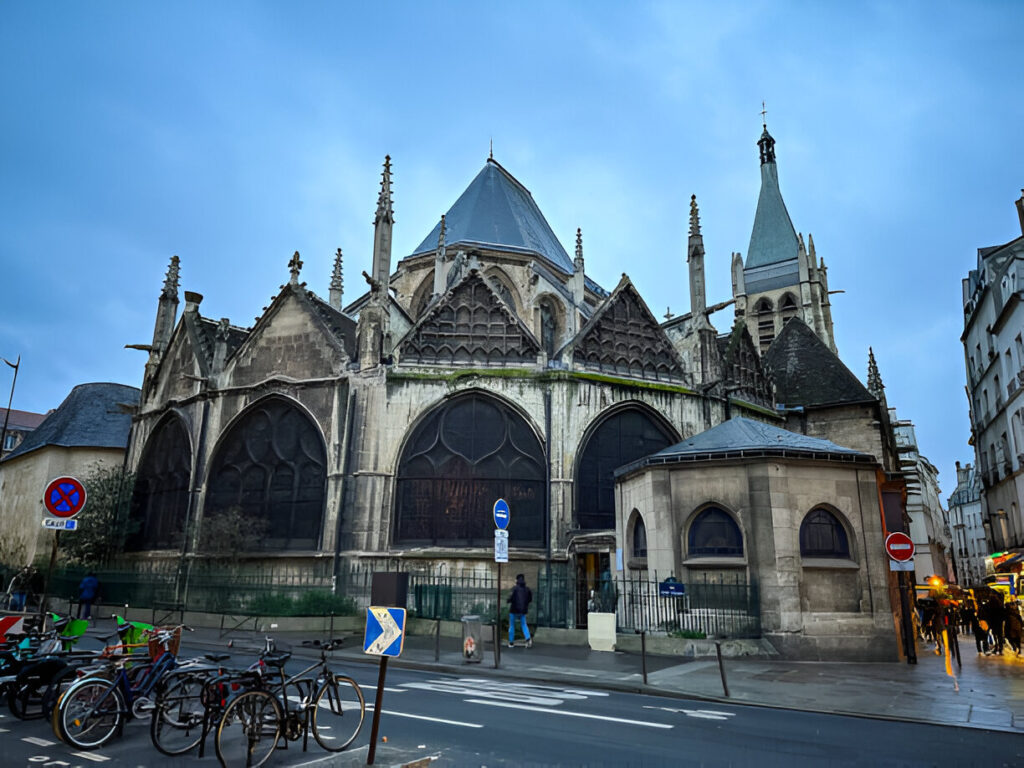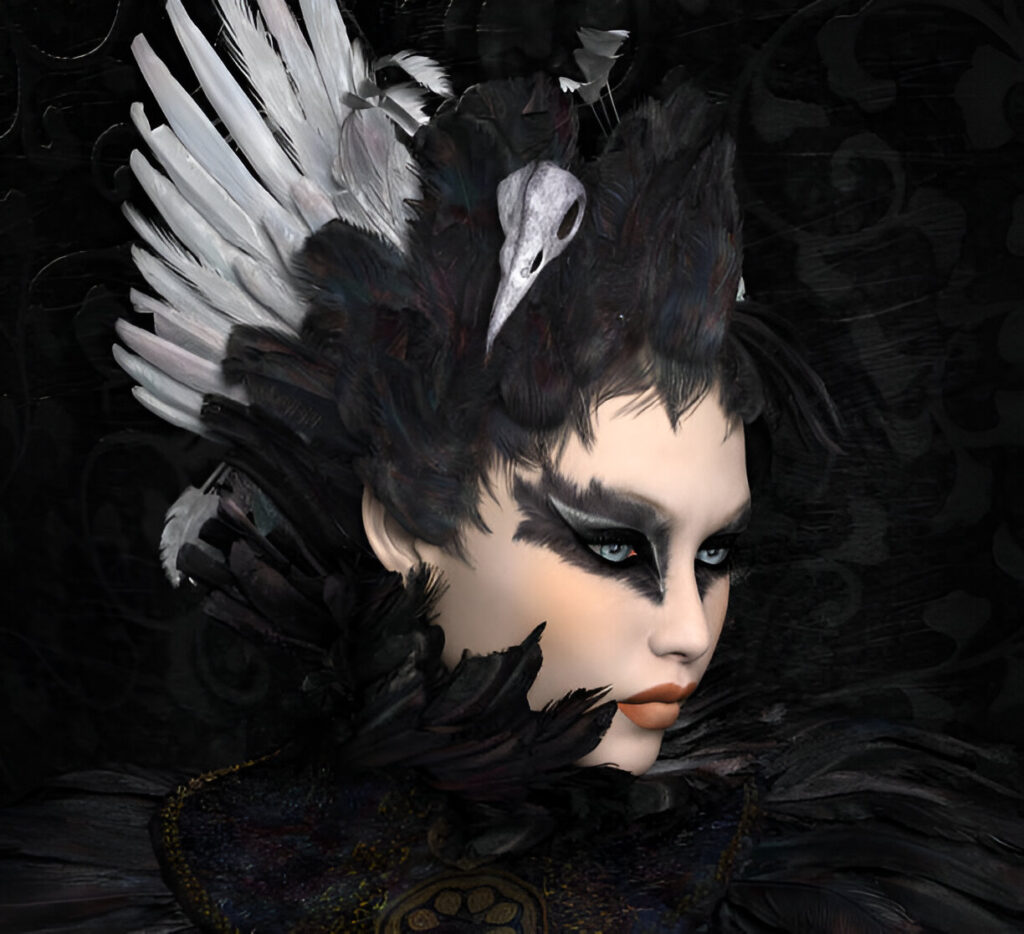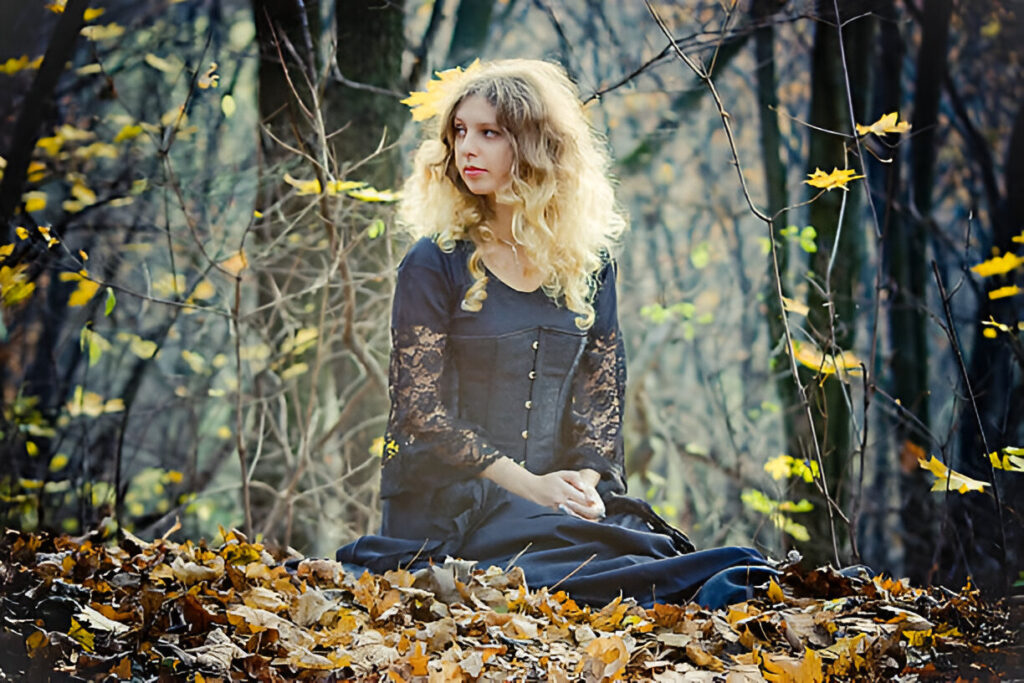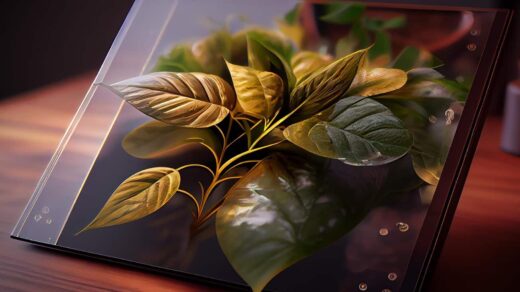Gothic fashion is more than just a trend; it’s a statement, a powerful form of self-expression. With its roots deeply embedded in music, history, and cultural rebellion, it has evolved into one of the most enduring and visually captivating subcultures. Gothic fashion is characterized by its dark aesthetic, often including elements like black clothing, heavy makeup, and elaborate accessories. While it may seem moody or morbid to some, to those who embrace it, it’s an embodiment of individuality, beauty, and even a form of artistic expression.
A Brief History of Gothic Fashion
The origins of Gothic fashion can be traced back to the late 1970s and early 1980s, when it emerged as part of the broader goth subculture, heavily influenced by music and rebellion. Goth music, an offshoot of post-punk, emphasized melancholic, dark tones and themes, and it wasn’t long before the fans of these bands adopted a fashion style that mirrored this mood. Bands like Bauhaus and Siouxsie and the Banshees set the tone for both sound and appearance, with their haunting tunes and somber attire creating the foundation of the goth aesthetic.
However, Gothic fashion’s roots dig even deeper, pulling inspiration from the Victorian era, with its somber, intricate clothing designs, and the mediaeval period, known for its dark and mysterious feel. These historical influences contribute to the richness and complexity of Gothic fashion, making it more than just a passing trend, but a nod to times where expression was tied to dark romance, mysticism, and elaborate detail.
Key Elements of Gothic Fashion
To the untrained eye, Gothic fashion may seem like a monochrome parade of black clothing. However, it’s much more intricate, involving a range of fabrics, accessories, and symbolism.
1. Colour Palette
The most noticeable feature of Gothic fashion is its color palette, dominated by black. While black is the mainstay, it’s not the only colour. Deep purples, rich reds, and sometimes vibrant blues also make appearances. The dark tones reflect the themes of melancholy, mystery, and death, which are central to the Gothic ethos.
2. Fabrics
Textures play a significant role in Gothic attire. Velvet, lace, satin, and leather are frequently used to create both elegance and a hint of danger. The contrast of delicate lace with rugged leather or the softness of velvet with the sharpness of metal studs encapsulates the duality often present in Gothic fashion—beauty intertwined with an edge.
3. Clothing Styles
The clothing is often exaggerated in form—long capes, high collars, and billowing sleeves evoke the romanticism and drama of the Victorian and mediaeval eras. Tight, form-fitting garments like corsets emphasize the body’s natural curves, while long dresses and skirts create a sense of mystery, hiding and revealing simultaneously.
4. Accessories
Gothic fashion is incomplete without accessories. Piercings and dark makeup are also common, with heavy eyeliner, black lipstick, and pale foundation giving the wearer a ghostly or supernatural appearance.
5. Footwear
Combat boots, platform shoes, and spiked heels are standard footwear choices. Often dramatic and unyielding in design, they mirror the strength and rebellion central to the Gothic spirit.
Gothic Substyles: A Diverse Realm of Expression
As with any long-standing fashion movement, Gothic fashion has developed a variety of substyles that cater to different tastes and interpretations of the core Gothic ethos.
1. Romantic Gothic
This substyle is heavily inspired by Victorian fashion and the Gothic novels of the 18th and 19th centuries. It emphasizes elegance and an old-world charm, featuring long lace dresses, flowing fabrics, and elaborate jewellery. Romantic Gothic looks often incorporate high-necked dresses, corsets, and gloves, drawing on the romanticism of tragedy and beauty in death.
2. Cyber Goth
In stark contrast to the historical Romantic Goth style, Cyber Goth is a futuristic, rave-inspired twist on Gothic fashion. While the core dark aesthetic remains, neon colours, UV-reactive fabrics, and technological accessories are infused into the look. This substyle often features gas masks, synthetic dreadlocks, and platform boots, reflecting a dystopian or industrial influence.
3. Punk Goth (Deathrock)
Think of the spiked hair and studded leather jackets of punk combined with the black clothing and eerie makeup of goth. Punk Goth, or Deathrock, pays homage to the DIY spirit of punk while embracing the somber mood of Gothic fashion.
4. Victorian Goth
Victorian Goth is closely tied to the mourning fashions of the Victorian era, where wearing black symbolized grief and respect for the dead. This substyle is rich with historical references, including corsets, crinolines, and top hats. The elegance and formality of Victorian attire are the main features of this look, with every detail carefully selected to evoke a sense of a bygone era.
Influence on Pop Culture
Gothic fashion’s impact has transcended subculture boundaries and entered mainstream culture in various ways. Many well-known public figures, especially musicians and actors, have adopted Gothic elements into their personal style. Musicians like Marilyn Manson and Robert Smith of The Cure have made Gothic fashion synonymous with their public image, influencing fans and fashionistas alike.
Gothic imagery has also found its way into films, television shows, and music videos. Movies like ‘The Crow’ and ‘Edward Scissorhands’ have become iconic for their Gothic aesthetic, influencing viewers and solidifying Gothic fashion’s place in popular culture.
Modern Gothic Fashion Trends
Gothic fashion continues to evolve. Recently, high fashion has embraced Gothic elements, with designers like Alexander McQueen and Rick Owens incorporating dark, moody elements into their collections. Social media platforms like Instagram and TikTok have also played a role in the resurgence of Gothic fashion, where young fashionistas blend Gothic staples with modern trends to create fresh looks.
The rise of sustainable fashion has even influenced Gothic fashion, with a growing emphasis on eco-friendly fabrics and ethical production methods. While the aesthetic remains true to its roots, Gothic fashion is adapting to contemporary values.
The Symbolism Behind Gothic Fashion
Beyond its visual elements, Gothic fashion is often seen as an expression of rebellion, individuality, and a rejection of mainstream norms. For many, wearing Gothic clothing isn’t just about looking a certain way; it’s about embracing darker themes like mortality, melancholy, and isolation. Gothic fashion allows individuals to express their inner emotions, explore themes of death and life, and challenge societal standards of beauty and normality.
Incorporating Gothic Fashion into Everyday Wear
For those interested in Gothic fashion but hesitant to go full gothic, there are ways to incorporate elements subtly into everyday wear. You can start by adding statement pieces like a black velvet choker or a pair of lace gloves. Incorporating black clothing with intricate details like lace or leather can also add a Gothic twist to a standard wardrobe.
Shoes are another easy way to dip into Gothic style—platform boots or combat boots, paired with everyday outfits, can instantly create a Gothic-inspired look without being too overpowering.
FAQs Related to Gothic Fashion
1. What is Gothic fashion?
Gothic fashion is a dark, often morbid style of dress associated with the goth subculture. It typically features black clothing, heavy makeup, and accessories like chokers and combat boots
2. What are the origins of Gothic fashion?
Gothic fashion emerged from the British punk movement in the late 1970s and early 1980s, influenced by Victorian, mediaeval, and punk aesthetics
3. What are the key elements of Gothic fashion?
Key elements include dark colour palettes (primarily black), fabrics like lace and velvet, accessories such as chokers and silver jewellery, and distinctive footwear like combat boots and platforms
4. Are there different substyles of Gothic fashion?
Yes, popular substyles include Romantic Gothic, Cyber Gothic, Victorian Gothic, and Punk Gothic, each with distinct influences and aesthetics
5. How has Gothic fashion influenced pop culture?
Gothic fashion has been embraced by musicians, actors, and filmmakers, becoming iconic in both underground and mainstream culture
Conclusion
Gothic fashion is a rich, diverse, and enduring subculture that continues to captivate and evolve. From its roots in the Gothic rock scene to its modern-day interpretations in high fashion and social media, it remains a powerful means of self-expression. Whether through flowing Victorian dresses or futuristic Cyber Goth styles, Gothic fashion offers a dark, romantic, and rebellious alternative to mainstream fashion—a testament to the beauty found in embracing the shadows.


